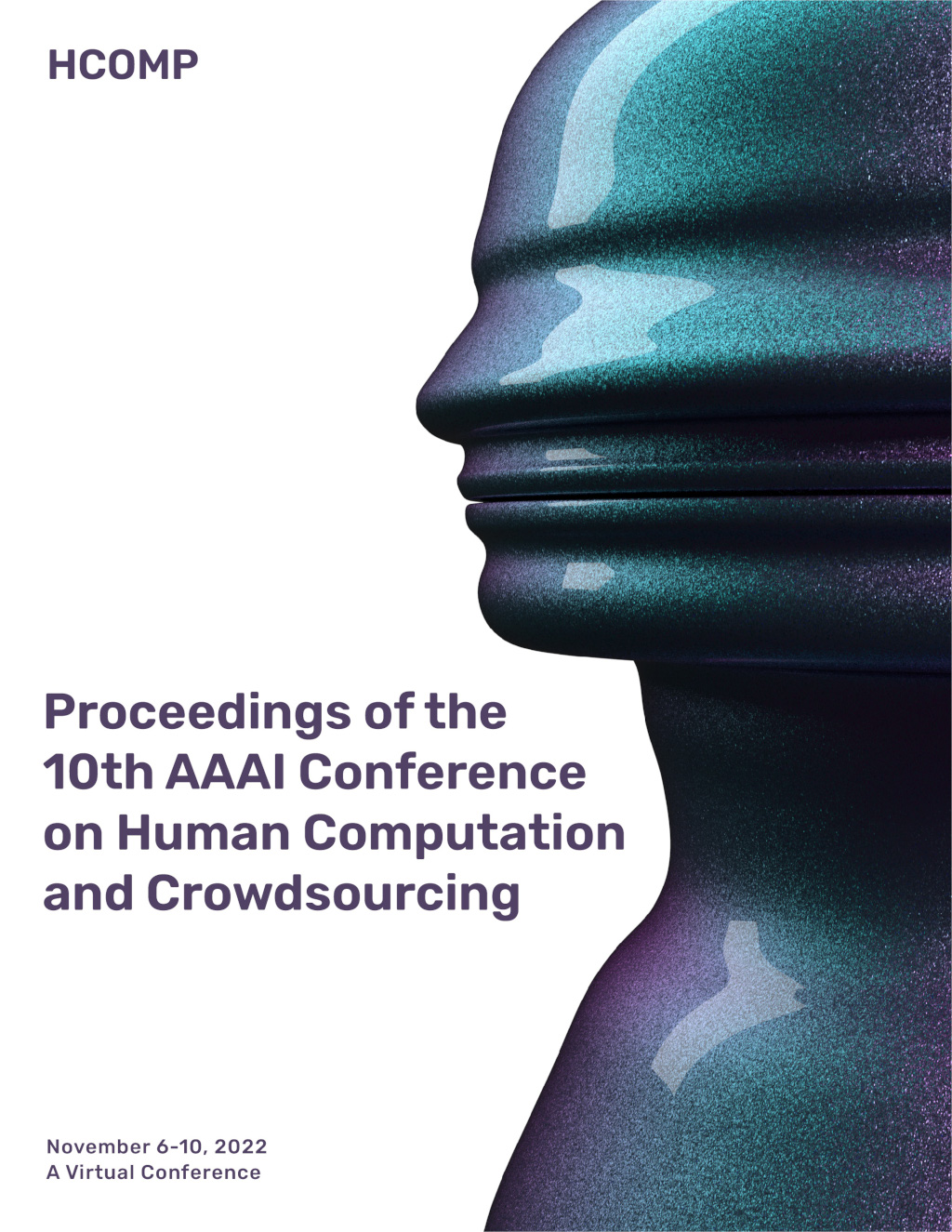Identifying Possible Winners in Ranked Choice Voting Elections with Outstanding Ballots
DOI:
https://doi.org/10.1609/hcomp.v10i1.21992Keywords:
Ranked Choice Voting, Elections, TransparencyAbstract
Several election districts in the US have recently moved to ranked-choice voting (RCV) to decide the results of local elections. RCV allows voters to rank their choices, and the results are computed in rounds, eliminating one candidate at a time. RCV ensures fairer elections and has been shown to increase elected representation of women and people of color. A main drawback of RCV is that the round-by-round process requires all the ballots to be tallied before the results of an election can be calculated. With increasingly large portions of ballots coming from absentee voters, RCV election outcomes are not always apparent on election night, and can take several weeks to be published, leading to a loss of trust in the electoral process from the public. In this paper, we present an algorithm for efficiently computing possible winners of RCV elections from partially known ballots and evaluate it on data from the recent New York City Primary elections. We show that our techniques allow to significantly narrow down the field of possible election winners, and in some case identify the winner as soon as election night despite a number of yet-unaccounted absentee ballots, providing more transparency in the electoral process.Downloads
Published
2022-10-14
How to Cite
Jelvani, A., & Marian, A. (2022). Identifying Possible Winners in Ranked Choice Voting Elections with Outstanding Ballots. Proceedings of the AAAI Conference on Human Computation and Crowdsourcing, 10(1), 114-123. https://doi.org/10.1609/hcomp.v10i1.21992
Issue
Section
Full Archival Papers

